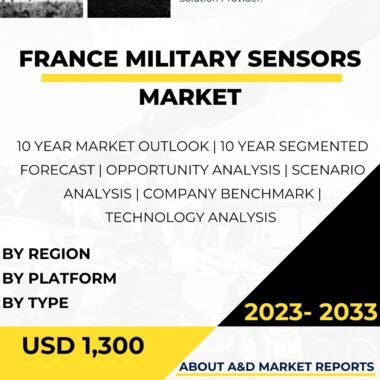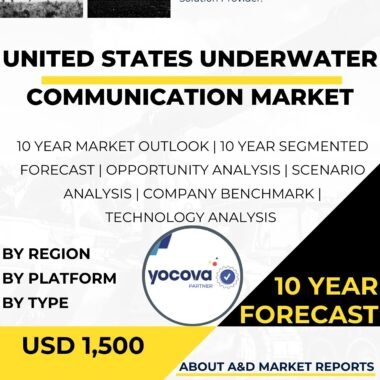Description
The United States Ship Radar plays a vital role in maritime operations, enabling vessels to navigate safely, detect and track potential threats, and enhance situational awareness on the high seas. Ship radar, also known as marine radar, utilizes radio waves to determine the distance, direction, and speed of objects in its vicinity. This sophisticated technology is instrumental in promoting maritime safety, supporting military operations, and facilitating efficient and secure navigation for a wide range of vessels, from commercial ships to naval warships.
The U.S. Coast Guard, U.S. Navy, and other maritime agencies heavily rely on ship radar systems for their operations. The Coast Guard employs radar on its cutters and patrol boats to perform search and rescue missions, enforce maritime laws, and conduct border security operations. Marine radar assists Coast Guard crews in locating and tracking vessels, monitoring maritime traffic, and detecting potential hazards, such as other ships, floating debris, or navigational hazards.
The U.S. Navy employs advanced radar systems on its surface warships, submarines, and aircraft carriers. Ship radar is a critical component of naval combat systems, providing surveillance and early warning capabilities to detect potential threats, such as enemy ships, aircraft, or missiles. Radar helps the Navy maintain a comprehensive picture of the maritime environment and supports defensive and offensive operations.
One of the most prevalent ship radar systems used by the U.S. Navy is the AN/SPY-1 radar. This phased-array radar is deployed on Aegis-equipped ships and provides 360-degree surveillance and tracking of air and surface targets. The AN/SPY-1 enables these ships to conduct air defense, ballistic missile defense, and anti-surface warfare operations with a high degree of accuracy and rapid response.
Additionally, ship radar is a critical component of maritime traffic management and collision avoidance. For commercial vessels, marine radar helps ships navigate safely through busy waterways, avoid collisions with other vessels, and maintain awareness of the surrounding maritime traffic. The Automatic Identification System (AIS) is often integrated with ship radar, providing real-time information about nearby vessels, their course, and speed, further enhancing situational awareness and safety.
Ship radar systems are available in various configurations, ranging from X-band and S-band radars for short-range applications to C-band and L-band radars for long-range surveillance. Each radar frequency band offers distinct advantages, depending on the vessel’s size, intended use, and operating environment.
X-band radar is commonly used on smaller vessels and recreational boats. It provides high-resolution imagery, making it suitable for close-range navigation and collision avoidance. On the other hand, S-band radar offers enhanced performance in inclement weather and is often used on larger commercial vessels.
C-band and L-band radars are employed for long-range surveillance and tracking. These radars have the capability to detect targets at greater distances, making them ideal for maritime surveillance and military applications.
Modern ship radar systems are equipped with advanced features, such as digital signal processing and automatic target tracking, which enhance their capabilities and reduce operator workload. Automatic radar plotting aids (ARPA) allow for the automatic tracking of multiple targets and provide collision warning and avoidance assistance to mariners.
Furthermore, radar systems can be integrated with other shipboard sensors, such as Global Positioning System (GPS) receivers, gyrocompasses, and electronic chart display and information systems (ECDIS). This integration enables ships to maintain precise position information and display real-time radar data on electronic navigation charts, facilitating efficient and accurate route planning.
In addition to surface ship radar, the U.S. Navy and Coast Guard employ radar systems on aircraft and helicopters for aerial surveillance and maritime patrol missions. Maritime patrol aircraft, such as the P-8 Poseidon, are equipped with advanced radar systems to detect and track surface vessels and submarines over vast maritime areas. These aircraft play a critical role in monitoring and safeguarding national waters and maritime territories.
As technology continues to advance, the United States is exploring innovative radar concepts, such as multi-function radars (MFRs) and active electronically scanned array (AESA) radars. MFRs can perform multiple tasks simultaneously, such as air surveillance, missile defense, and surface target tracking, reducing the need for separate dedicated radar systems.
AESA radars, also known as electronically scanned arrays (ESAs), offer enhanced performance and flexibility, with rapid scanning and beamforming capabilities. AESA technology provides greater resistance to electronic countermeasures and allows for precise control of radar beams, enabling agile and adaptive radar operations.
However, the increased sophistication and proliferation of radar technology present challenges related to electronic warfare and radar cross-section reduction. Adversaries are employing measures, such as jamming and stealth technology, to evade detection and tracking by ship radar systems.
To counter these threats, the United States invests in research and development to enhance radar capabilities, improve signal processing, and develop countermeasures against electronic warfare threats.
In conclusion, the United States Ship Radar is a crucial component of maritime safety, national security, and efficient navigation. Ship radar systems provide essential capabilities for search and rescue operations, maritime traffic management, and military surveillance.
As the maritime domain continues to evolve, the United States is committed to advancing ship radar technology, investing in modern radar systems, and exploring innovative concepts to maintain maritime superiority and ensure the safety and security of maritime operations for both civilian and military vessels. Ship radar’s ability to detect and track targets in various operational environments will remain a cornerstone of maritime operations and national defense for the United States in the years to come.




